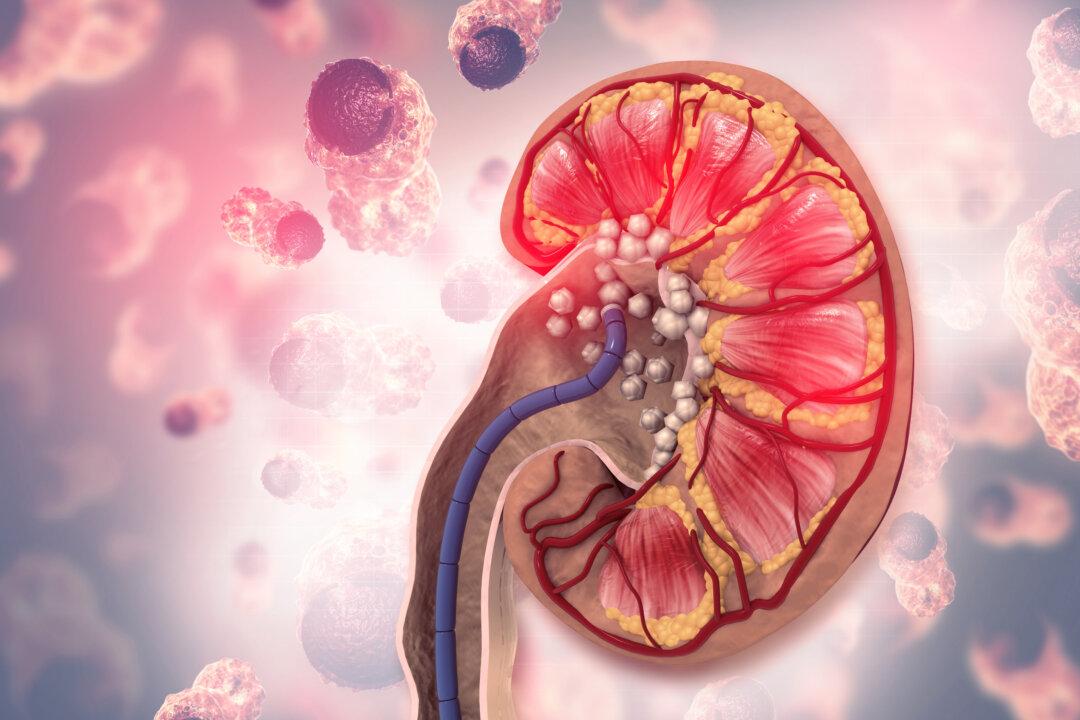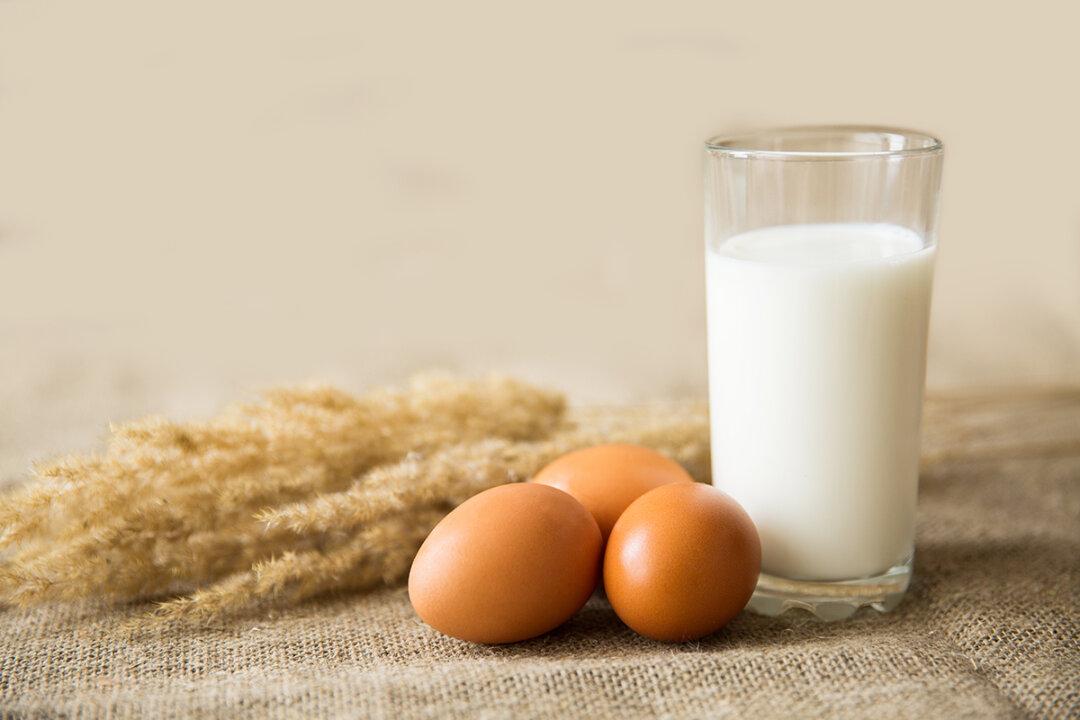After the outbreak of the COVID-19 pandemic, there have been many patients with the “long COVID” whose lungs and respiratory tracts suffered lasting effects from the attack of the SARS-CoV-2, leaving them with persistent symptoms of dry mouth, itchy throat, and coughing easily.
Dr. Kao Hao-Yu, attending physician at the Department of Traditional Chinese Medicine at MacKay Memorial Hospital, treats these patients with a remedy containing lily bulbs. A positive side benefit they’ve seen as their symptoms improve is that they also sleep better now.






